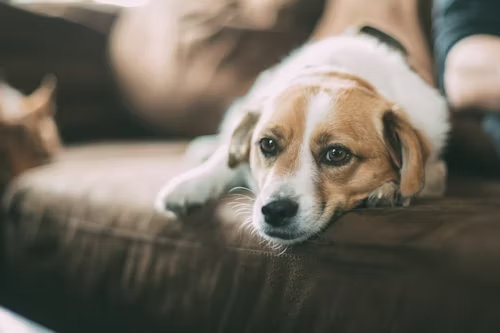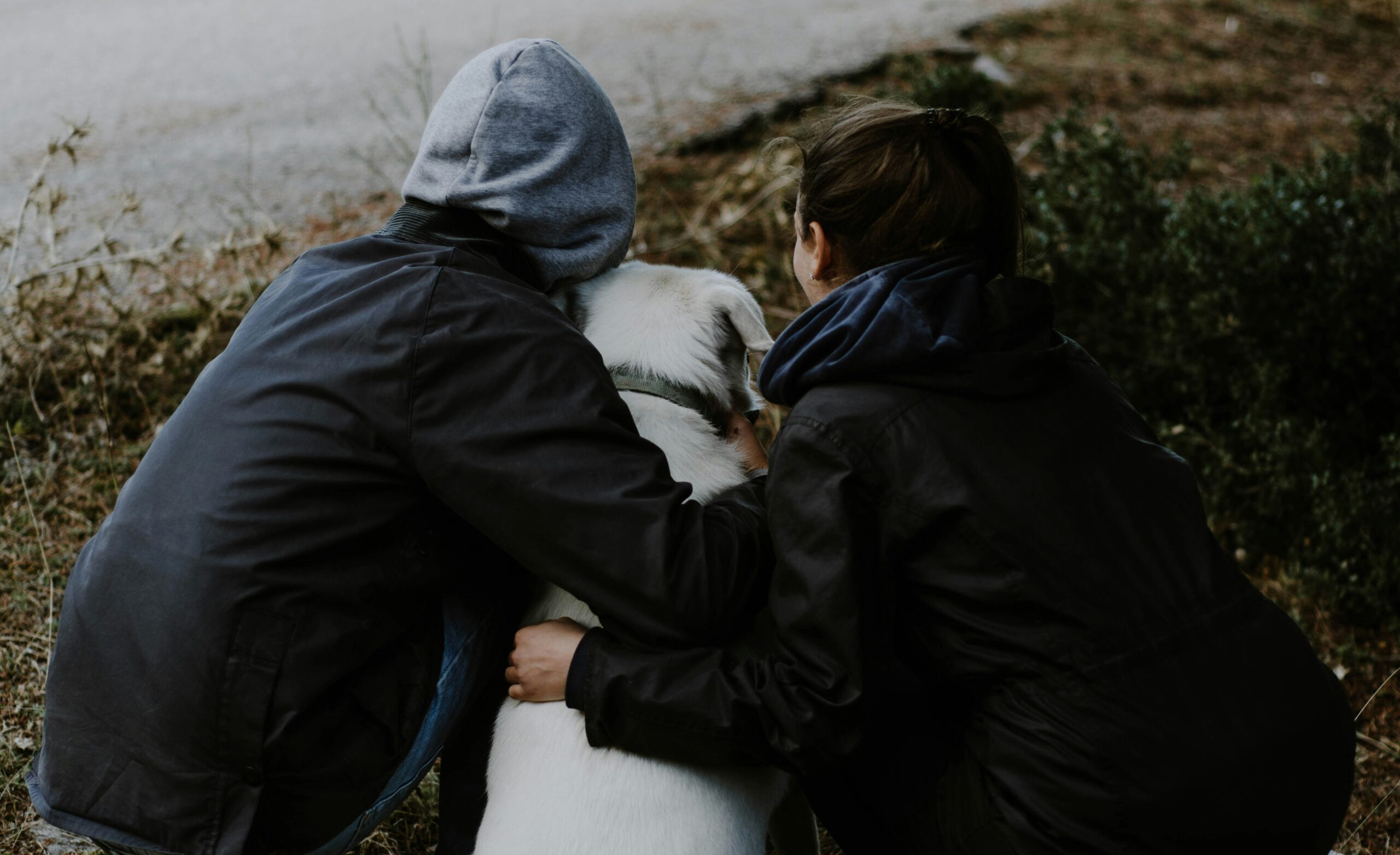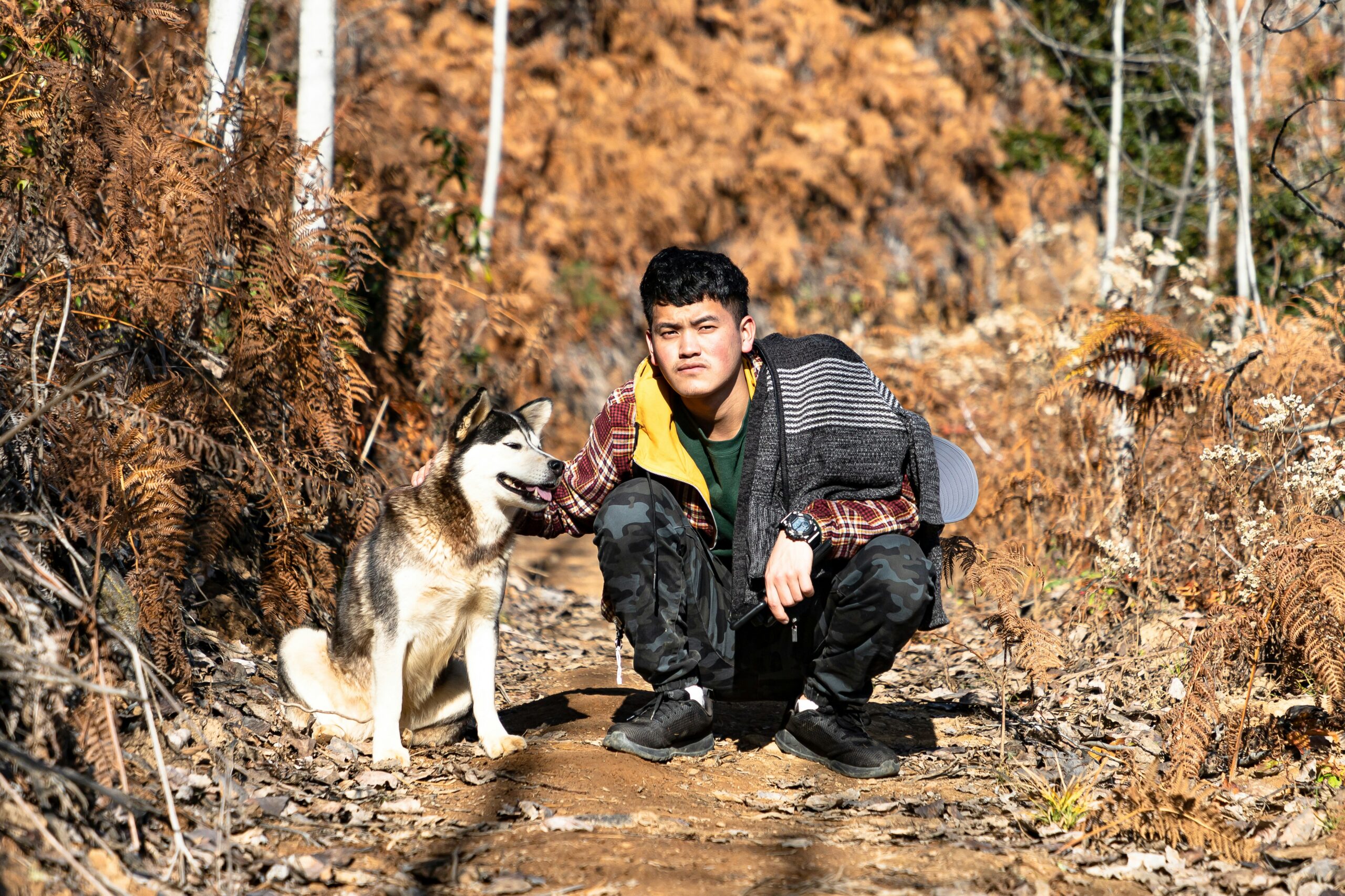Dog Twitching in Sleep? Here’s Why It’s Completely Normal and What It Means

If you’ve ever watched your dog sleep, you might have noticed that he sometimes twitches, whimpers, or even moves his legs as if he’s running. This behavior might leave you wondering if something is wrong. The good news is that dog twitching in sleep is usually normal and nothing to worry about. In this blog, we’ll explore why dogs twitch in their sleep, what it means, and when you might need to be concerned.
1. Understanding Canine Sleep Cycles
Just like humans, dogs experience different stages of sleep, including rapid eye movement (REM) sleep and non-REM sleep. The REM stage is when dreaming occurs, and this is when you’re most likely to see your dog twitching or making other movements.
- Non-REM Sleep: This is a deeper, restorative sleep where the body repairs and regrows tissues, builds bone and muscle, and strengthens the immune system. Dogs may still twitch in non-REM sleep, but it’s less common.
- REM Sleep: During REM sleep, the brain is very active, and dreaming occurs. This stage of sleep is essential for mental health and processing daily experiences. Twitching, paddling of the legs, and even vocalizations are common during REM sleep as the dog’s brain mimics activities experienced during the day.
Key Point: Twitching during REM sleep is a normal part of your dog’s sleep cycle and is usually nothing to worry about.
2. Why Do Dogs Twitch in Their Sleep?
There are several reasons why your dog might twitch in his sleep. These reasons range from natural processes to responses to external stimuli.
- Dreaming: The most common reason for twitching is dreaming. Dogs, like humans, dream about their daily experiences. This could include playing fetch, chasing a ball, or running with other dogs. The twitches and movements you see are often a reflection of what they are experiencing in their dreams.
- Muscle Activity: During sleep, especially in REM sleep, the body experiences muscle atonia, a temporary paralysis that prevents the dog from acting out their dreams. However, some muscles may still twitch as part of a natural reflex.
- Developmental Growth in Puppies: Puppies tend to twitch more than adult dogs. This twitching helps with muscle development and coordination as they grow. It’s perfectly normal and usually decreases as the dog matures.
- Sleep Reflexes: Just like humans have sleep reflexes, dogs do too. A sudden twitch can be a reflex action from a muscle contracting and relaxing quickly.
Key Point: Twitching is a natural part of dreaming and muscle activity during sleep, and is especially common in puppies as they grow.
3. When Is Sleep Twitching Considered Normal?
While twitching is generally normal, there are specific signs that indicate it’s just part of regular canine behavior:
- Frequency and Duration: Light twitching that occurs intermittently and doesn’t last too long is typically normal. If your dog twitches for a few seconds to a minute or so, especially during the REM phase, it’s a common behavior.
- Context: If twitching occurs when your dog is napping or in a deep sleep, and they quickly go back to a calm state, this is usually normal. Dogs that twitch during regular naps or in response to environmental noises are not showing signs of distress.
- Age and Breed: Puppies and certain breeds known for their high energy levels may twitch more during sleep. This twitching helps them develop muscle tone and coordination, particularly in young dogs.
Key Point: Light, infrequent twitching that aligns with your dog’s sleep patterns is generally nothing to worry about.
4. When Should You Be Concerned About Twitching?
Although twitching during sleep is usually normal, there are instances where it might indicate an underlying problem. Here are a few signs to watch out for:
- Excessive Twitching: If the twitching is excessive, prolonged, or involves violent movements, it may indicate a neurological problem or seizure activity.
- Unresponsive to Waking: If your dog continues to twitch and is unresponsive to waking, this could be a sign of a seizure. Seizures can occur during sleep and are more than just regular twitching.
- Accompanied by Other Symptoms: If the twitching is accompanied by other symptoms such as drooling, rigid limbs, loss of bladder control, or disorientation upon waking, it could be a sign of a seizure or other health issue.
- Frequent Nightmares: While it’s harder to gauge, dogs that wake up suddenly, appear fearful, or exhibit signs of anxiety after twitching might be experiencing nightmares. If this becomes frequent, it could affect their overall well-being.
Key Point: If you notice any signs of distress, prolonged twitching, or other concerning symptoms, consult your vet to rule out any medical conditions.
5. What to Do If Your Dog Twitches in His Sleep
If your dog’s twitching seems normal, there’s no need to intervene. However, here are some tips to ensure your dog gets a good night’s sleep:
- Let Sleeping Dogs Lie: It’s best not to wake your dog if he’s twitching. Interrupting their sleep, especially during the REM phase, can disrupt their rest cycle and lead to grogginess.
- Create a Calm Sleep Environment: Ensure your dog has a comfortable bed in a quiet, safe space. Reducing noise and keeping the environment calm will help minimize external stimuli that could trigger excessive twitching.
- Monitor for Patterns: Keep an eye on your dog’s sleep patterns. If you notice a change in their sleep behavior or an increase in twitching, make a note of it and discuss it with your vet.
Key Point: Generally, there’s no need to worry about sleep twitching, but providing a comfortable sleep environment can help your dog rest better.
6. Understanding the Role of Exercise and Stimulation
A well-exercised dog is more likely to experience restful sleep and exhibit normal sleep behaviors, including twitching. Lack of physical and mental stimulation during the day can lead to restless sleep or even sleep disturbances.
- Physical Exercise: Regular walks, playtime, and physical activity can help ensure your dog is tired enough to sleep deeply and restfully.
- Mental Stimulation: Engaging your dog in training sessions, interactive toys, and games can tire them out mentally, promoting a more restful sleep cycle.
Key Point: Adequate exercise and mental stimulation are essential for a dog’s overall well-being and can contribute to healthier sleep patterns.
7. The Science Behind Canine Dreaming
Dogs have been shown to dream just like humans. Scientific studies using EEG (electroencephalography) have demonstrated that dogs experience similar brain wave patterns as humans during REM sleep. This means they likely dream about familiar activities and experiences.
- Dream Content: While we can’t know exactly what dogs dream about, it’s believed that they dream about things they’ve done recently, like chasing a squirrel or playing with their favorite toy.
- Dream Duration: Smaller dogs tend to have shorter, more frequent dreams, while larger dogs have longer, less frequent dreams. This could explain why some dogs twitch more often or for more extended periods.
Key Point: Dogs dream during REM sleep, and this natural process often leads to twitching and movement as they process their daily experiences.
8. Health Conditions That Can Affect Sleep Behavior
There are certain health conditions that can lead to increased twitching or unusual movements during sleep. Being aware of these conditions can help you better understand your dog’s behavior.
- Epilepsy: A neurological disorder that can cause seizures, which might be mistaken for intense twitching. If your dog has epilepsy, consult your vet about the best management strategies.
- Sleep Disorders: Just like humans, dogs can suffer from sleep disorders like REM sleep behavior disorder or narcolepsy, which can lead to unusual sleep movements.
- Pain and Discomfort: If your dog is experiencing pain, arthritis, or other discomforts, they might twitch more during sleep as a response to the pain.
Key Point: If you suspect a health condition might be affecting your dog’s sleep, seek veterinary advice for proper diagnosis and treatment.
Conclusion
Twitching during sleep is a common and normal behavior in dogs, usually indicating they are in the REM stage of sleep and dreaming. While most sleep twitching is nothing to worry about, it’s essential to understand the signs that might indicate a problem. By providing a comfortable sleeping environment, ensuring adequate exercise and mental stimulation, and monitoring your dog’s behavior, you can help ensure they get the restful sleep they need.
Remember, when in doubt, it’s always a good idea to consult your vet if you have any concerns about your dog’s sleep behavior. Your vet can help determine if what you’re seeing is normal or if it’s something that requires attention.
By understanding why your dog twitches in his sleep, you can rest easy knowing your furry friend is just experiencing the normal rhythms of life—even in their dreams.




